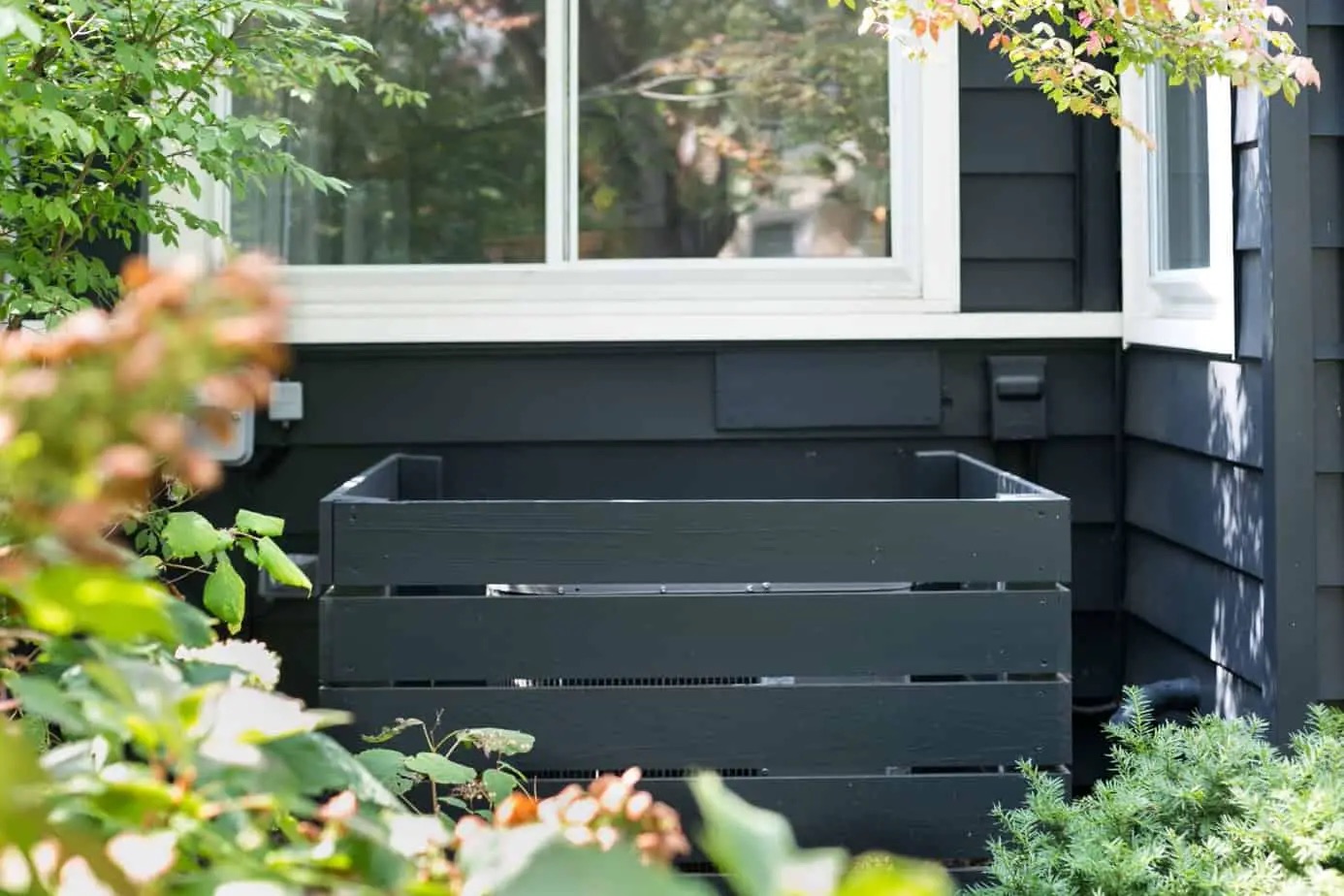

Articles
How To Hide AC Unit
Modified: February 28, 2024
Discover effective techniques and creative ideas in our comprehensive collection of articles on how to hide your AC unit.
(Many of the links in this article redirect to a specific reviewed product. Your purchase of these products through affiliate links helps to generate commission for Storables.com, at no extra cost. Learn more)
Introduction
As summer approaches and temperatures start to rise, it’s time to turn on the trusty air conditioning (AC) unit to keep your home cool and comfortable. However, while the AC unit is essential for indoor comfort, its presence can sometimes be an eyesore. The bulky, utilitarian design and the noise it generates may not be the most pleasing to the eye or the ear.
Fortunately, there are several creative ways to hide your AC unit without compromising its functionality. In this article, we will go through step-by-step methods to conceal your AC unit in a way that is both effective and aesthetically pleasing.
By evaluating the location, choosing suitable hiding methods, and implementing decorative solutions, you can seamlessly blend your AC unit with your outdoor space while maintaining optimum airflow.
So, if you’re ready to transform that bulky AC eyesore into a hidden gem, let’s dive into the different strategies you can employ to hide your AC unit and regain the beauty of your outdoor area.
Key Takeaways:
- Transform your AC unit from an eyesore to a hidden gem by evaluating the location, choosing suitable hiding methods, and implementing decorative solutions. Blend functionality with aesthetics for an attractive outdoor space.
- Consider professional options for a hassle-free and expert approach to hiding your AC unit. From decorative enclosures to custom-built structures, rely on industry expertise for a flawless and seamless integration.
Read more: How To Hide Window AC Unit Inside
Step 1: Evaluate the Location
The first step in hiding your AC unit is to carefully evaluate the location where it is installed. This will help you understand the challenges you may face and the available options for disguising it effectively.
Start by taking a close look at the surroundings of your AC unit. Consider the layout of your outdoor space, the proximity to neighboring properties or fences, and any existing landscaping or structures. Identifying these factors will help determine the best approach for hiding your AC unit.
Assess the airflow requirements of the AC unit as well. AC units require proper air circulation to function efficiently. Make sure there is enough space around the unit for it to expel hot air and draw in fresh air. Blocking or restricting airflow can result in decreased performance and potential damage to the unit.
Take note of any existing obstructions that could hinder your efforts to conceal the AC unit. For example, if there are tall trees or shrubs nearby, you may need to trim or relocate them to ensure proper airflow while still maintaining a visually appealing space.
Consider the visual impact from different angles. Stand in various spots around your yard to see how visible the AC unit is from different viewpoints, such as your patio, backyard, or from the street. This will help you determine the best strategies to hide it effectively.
By thoroughly evaluating the location, you will have a better understanding of the limitations and possibilities for hiding your AC unit. This will guide you in choosing the most suitable methods and materials to create an appealing disguise that blends seamlessly with your outdoor space.
Step 2: Choose a Suitable Hiding Method
Once you have evaluated the location of your AC unit, it’s time to choose a suitable hiding method that will effectively conceal it while still allowing for proper airflow. There are several options to consider, depending on your preference and the design of your outdoor space.
One popular option is to use a decorative fence or screen to hide the AC unit. This can be made from various materials such as wood, bamboo, or metal. Ensure that the fence or screen has enough gaps or openings to allow for proper airflow. You can also incorporate design elements like lattice or decorative patterns to add visual appeal.
Another option is to utilize plants or landscaping to create a natural camouflage for your AC unit. Plant tall shrubs or trees strategically around the unit to provide coverage without obstructing airflow. Consider using plants with attractive foliage or flowers to enhance the overall aesthetic of the area.
For those who enjoy DIY projects, building a cover or enclosure for the AC unit can be a great option. This can be made from materials like wood, lattice panels, or even sturdy fabric. Just make sure to leave enough space for airflow and consider accessibility for future maintenance or repairs.
If you prefer a more creative approach, you can use everyday objects to disguise your AC unit. For example, you could repurpose an old chest or cabinet and modify it to accommodate the unit. Alternatively, you can paint a mural or install decorative panels that match the theme of your outdoor space.
Finally, if you’re looking for a professional solution, consider hiring a contractor or landscape designer who specializes in AC unit concealment. They can provide expert guidance and implement a custom-designed hiding solution that seamlessly integrates with your outdoor area.
When choosing a hiding method, consider factors such as durability, maintenance requirements, and the overall visual impact. It’s important to strike a balance between functionality and aesthetics to ensure that your AC unit remains hidden while still being easily accessible for maintenance and repairs.
By carefully evaluating the available options and selecting a suitable hiding method, you can effectively camouflage your AC unit and transform it into an attractive part of your outdoor space.
Step 3: Use Plants or Landscaping
One of the most natural and visually appealing ways to hide your AC unit is by incorporating plants or landscaping elements into your outdoor space. This method not only conceals the unit but also adds beauty and greenery to your surroundings.
Start by selecting plants that suit the climate and conditions of your area. Ideally, choose plants that are suitable for the size and shape of your AC unit, ensuring they won’t obstruct proper airflow. Tall shrubs, ornamental grasses, and small trees can be strategically placed around the unit to create a natural screen.
Consider the foliage, texture, and color of the plants to create a cohesive and attractive design. You can opt for plants with dense leaves or cascading vines to provide full coverage. Use a variety of plant types for added visual interest, and select species that will thrive in your specific climate and soil conditions.
When arranging the plants, make sure to leave enough space for air to flow freely around the AC unit. Allow for a buffer zone of at least a foot or two to ensure proper ventilation and easy access for maintenance purposes.
In addition to plants, you can use other landscaping elements to enhance the camouflage effect. Install decorative rocks, mulch, or gravel around the unit to integrate it with the surrounding landscape. Add stepping stones or a pathway to create a visually appealing and functional feature.
Consider adding a trellis or pergola near the AC unit, allowing climbing plants to grow and cover it. This not only hides the unit but also adds vertical interest and a sense of height to your outdoor space.
Regular maintenance of the plants and landscaping is crucial to ensure the longevity and effectiveness of the hiding method. Prune and trim the plants as needed to prevent them from overgrowing and obstructing the AC unit. Keep the area clean and clear of fallen leaves or debris to maintain proper airflow.
Using plants and landscaping to hide your AC unit not only provides a natural and aesthetic solution but also contributes to a sustainable and eco-friendly outdoor environment. The plants help to absorb carbon dioxide, provide shade, and create a more pleasant and welcoming ambiance.
With careful planning and strategic placement of plants and landscaping elements, you can effectively camouflage your AC unit while transforming your outdoor space into a tranquil and green oasis.
Step 4: Build a Decorative Fence or Screen
If you prefer a more structured and permanent solution, building a decorative fence or screen around your AC unit can effectively conceal it while adding a stylish element to your outdoor space.
Start by deciding on the material for your fence or screen. Popular options include wood, bamboo, metal, vinyl, or composite materials. Consider the durability, maintenance requirements, and visual appeal of each option before making your decision.
Measure the dimensions of your AC unit to determine the appropriate size for the fence or screen. You want to ensure that it fully covers the unit while leaving enough space for proper airflow and maintenance access.
There are various design options for your fence or screen. You can opt for a solid panel design for complete coverage, or choose a slatted or lattice design for partial coverage with added airflow. Explore different patterns, shapes, or even decorative cut-outs for a unique and personalized touch.
Take into consideration the overall aesthetic of your outdoor space when choosing the style of your fence or screen. You can match it to your existing fence or other elements like pergolas, gates, or outdoor furniture. Alternatively, you can use this opportunity to introduce a new design element and create a focal point for your outdoor area.
Ensure that the fence or screen is securely installed to withstand various weather conditions. Use appropriate hardware and reinforcement methods to ensure stability and durability. If using wood, consider treating it with a weather-resistant stain or paint to protect it from moisture and prolong its lifespan.
Incorporate additional design elements to enhance the appearance of the fence or screen. Add decorative trims, architectural details, or paint it in colors that complement your outdoor décor. You can even hang outdoor artwork, mirrors, or planters on the surface of the fence or screen to further enhance its beauty.
Regular maintenance is key to keeping your decorative fence or screen looking fresh and appealing. Clean it regularly to remove dirt or debris, and check for any signs of damage. Repair or replace any worn-out parts to maintain the optimal functionality and visual appeal.
A well-constructed and thoughtfully designed decorative fence or screen not only hides your AC unit but also adds visual interest and enhances the overall aesthetic of your outdoor space. It provides a permanent and stylish solution that stands the test of time.
By dedicating some time and effort into building a decorative fence or screen, you can transform your AC unit into an attractive feature that seamlessly blends with the rest of your outdoor area.
Consider using a lattice or trellis to create a decorative screen around the AC unit. This will hide the unit while still allowing for proper airflow.
Read more: How Much Is An AC Recharge
Step 5: Create an AC Unit Cover or Enclosure
If you’re looking for a customized and tailored solution to hide your AC unit, creating a cover or enclosure can be a great option. This allows you to design a unique and aesthetically pleasing camouflage that seamlessly integrates with your outdoor space.
Start by determining the size and dimensions of your AC unit to ensure a proper fit for the cover or enclosure. Take accurate measurements to ensure that it completely wraps around the unit, leaving enough space for proper ventilation and maintenance access.
Choose the material for your cover or enclosure based on your desired look and the level of durability required. Common options include wood, lattice panels, and sturdy fabric. Consider weather-resistant materials that can withstand various climate conditions.
If using wood, ensure that it is treated or sealed to protect it from moisture and prolong its lifespan. You can paint or stain the wood to match your outdoor décor and create a cohesive design. Alternatively, consider using lattice panels for a more open and decorative look.
When designing the cover or enclosure, make sure to incorporate proper airflow vents or openings to allow for the free circulation of air. This is crucial for preventing overheating and ensuring the efficient functioning of the AC unit. Consult with an HVAC professional if you’re unsure about the required ventilation specifications.
You can also add additional design elements to enhance the visual appeal of the cover or enclosure. Incorporate decorative trims, architectural features, or paint it in colors that complement your outdoor space. Consider adding shelves or hooks inside the cover for storing small gardening tools or other outdoor items.
Regularly inspect the cover or enclosure to ensure that it remains in good condition. Check for any signs of wear or damage, and make repairs as necessary. Keep the area around the cover clean and free of debris to maintain proper airflow and minimize any potential risks.
Creating a custom cover or enclosure for your AC unit allows you to personalize the design and seamlessly integrate it into your outdoor area. It provides a unique and stylish solution that not only hides the unit but also adds an artistic touch to your space.
By investing time and effort into designing and building a cover or enclosure, you can transform your AC unit into a visually appealing feature that blends harmoniously with the rest of your outdoor environment.
Step 6: Implement a DIY Disguise with Everyday Objects
If you’re feeling creative and want to add a touch of uniqueness to your AC unit disguise, implementing a DIY solution with everyday objects can be a fun and inventive option. This allows you to repurpose common items and transform them into clever covers or disguises for your AC unit.
Start by brainstorming ideas and considering the objects you already have or can easily obtain. Look around your home for items that could be repurposed, such as old chests, cabinets, or bookshelves. These items can be modified to accommodate the AC unit and provide effective camouflage.
Think outside the box and consider using materials like pallets, crates, or salvaged wood to construct a unique cover for your AC unit. These can be assembled and customized to fit the dimensions of your unit while adding a rustic and charming touch to your outdoor space.
If you’re particularly handy, you can get even more creative by crafting a disguise using metal or PVC pipes. These can be configured into a structure that surrounds and conceals the AC unit, resembling a piece of contemporary art.
Painting is a simple yet effective method to blend your AC unit with its surroundings. Choose colors that match the outdoor scenery or opt for camouflage patterns for a more subtle approach. Use weather-resistant paint or coatings to ensure the durability and longevity of your DIY disguise.
Consider incorporating additional design elements to enhance the visual appeal of your DIY disguise. Install decorative panels, create cut-outs, or attach outdoor artwork onto the surface. These additions not only help in disguising the unit but also add a personal and artistic touch to your outdoor area.
Regularly inspect the DIY disguise to ensure it remains in good condition and make any necessary repairs or touch-ups. Keep in mind that the disguise should still allow for proper airflow and easy access to the AC unit for maintenance purposes.
Implementing a DIY disguise with everyday objects not only allows you to personalize the look of your AC unit but also adds a touch of creativity and resourcefulness to your outdoor space. It turns the functional necessity into an interesting and conversation-worthy piece.
By thinking outside the box and repurposing everyday objects, you can create a unique and eye-catching disguise for your AC unit that seamlessly integrates into the aesthetics of your outdoor area.
Step 7: Consider Professional Options
If you prefer a hassle-free and expert approach to hiding your AC unit, considering professional options can provide you with a customized and professionally executed solution. These options may require a financial investment but can offer you peace of mind knowing the job is done by experienced individuals.
Hiring a contractor or landscape designer who specializes in AC unit concealment can be beneficial. They have the knowledge, skills, and expertise to design and install a custom solution that seamlessly integrates with your outdoor space.
A professional will assess your specific requirements and suggest the best hiding method for your AC unit. They can recommend materials, designs, and techniques that ensure optimal functionality, aesthetics, and durability.
One option offered by professionals is the use of decorative enclosures specifically designed for AC units. These pre-made units come in various styles, colors, and sizes. They are expertly crafted and designed to provide proper airflow while effectively hiding the AC unit.
Another professional option is the creation of a custom-built structure or enclosure. They can design and construct a structure that perfectly fits your AC unit while blending with the overall design of your outdoor area. These structures are often made with durable and weather-resistant materials to ensure longevity.
A professional installation ensures that the AC unit remains easily accessible for maintenance and repairs. They will consider factors such as ventilation requirements, clearance space, and potential obstructions to ensure the functionality of your AC unit is not compromised.
When considering professional options, seek recommendations from friends, neighbors, or online reviews. Research and consult multiple contractors or landscape designers to get quotes and compare their expertise and past work.
By opting for professional services, you can rely on their industry knowledge and experience to deliver a high-quality and aesthetically pleasing solution. This can save you time, effort, and potential mistakes that may occur with a DIY approach.
While professional options may involve additional costs, the expertise and peace of mind that come with it can be well worth the investment. It ensures a seamless integration of your AC unit into your outdoor space, allowing you to enjoy an attractive and functional environment.
Consider professional options if you prefer a hands-off approach to hiding your AC unit and want to ensure a flawless result that expertly addresses all your needs and preferences.
Conclusion
When it comes to hiding your AC unit, there are numerous creative and effective methods you can employ. By evaluating the location, choosing suitable hiding methods, and implementing decorative solutions, you can seamlessly blend your AC unit with your outdoor space while maintaining optimum airflow.
Evaluating the location of your AC unit is crucial to understanding the challenges and possibilities for hiding it effectively. Consider the surroundings, airflow requirements, and visual impact from different angles to determine the best strategies.
Choosing a suitable hiding method allows you to personalize the solution based on your preferences and the design of your outdoor space. Whether it’s using plants and landscaping, building a decorative fence or screen, creating a customized cover or enclosure, or implementing a DIY disguise with everyday objects, each method offers its own unique advantages.
Implementing plants and landscaping provides a natural and visually appealing solution that adds beauty and greenery to your outdoor area. Building a decorative fence or screen offers structure and permanence, creating a stylish element while effectively hiding the AC unit.
Creating a cover or enclosure provides a customized and tailored solution, allowing you to design a unique camouflage that seamlessly blends with your outdoor space. Implementing a DIY disguise with everyday objects adds creativity and personalization to your AC unit disguise, giving it a touch of uniqueness.
Consider professional options if you prefer a hassle-free and expert approach. Hiring a contractor or landscape designer can provide you with a customized and professionally executed solution that meets all your requirements.
Regardless of the method you choose, regular maintenance and care are crucial to ensure the longevity and effectiveness of the hiding solution. Keep in mind the importance of proper airflow and accessibility for maintenance purposes.
In conclusion, hiding your AC unit does not mean compromising its functionality or the aesthetics of your outdoor space. With careful planning, creativity, and the right techniques, you can transform your AC unit from an eyesore into a hidden gem that seamlessly blends with the rest of your outdoor area.
Frequently Asked Questions about How To Hide AC Unit
Was this page helpful?
At Storables.com, we guarantee accurate and reliable information. Our content, validated by Expert Board Contributors, is crafted following stringent Editorial Policies. We're committed to providing you with well-researched, expert-backed insights for all your informational needs.
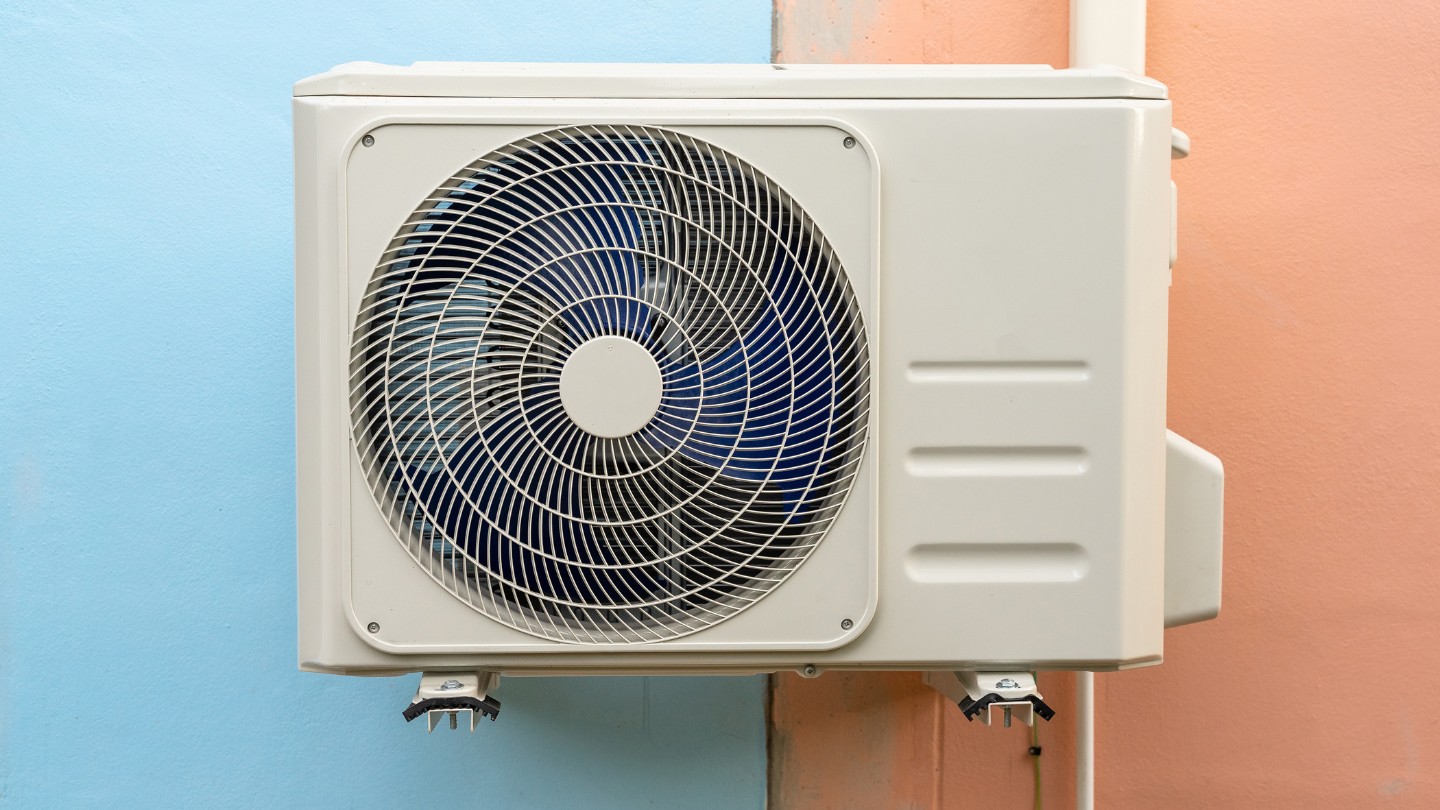
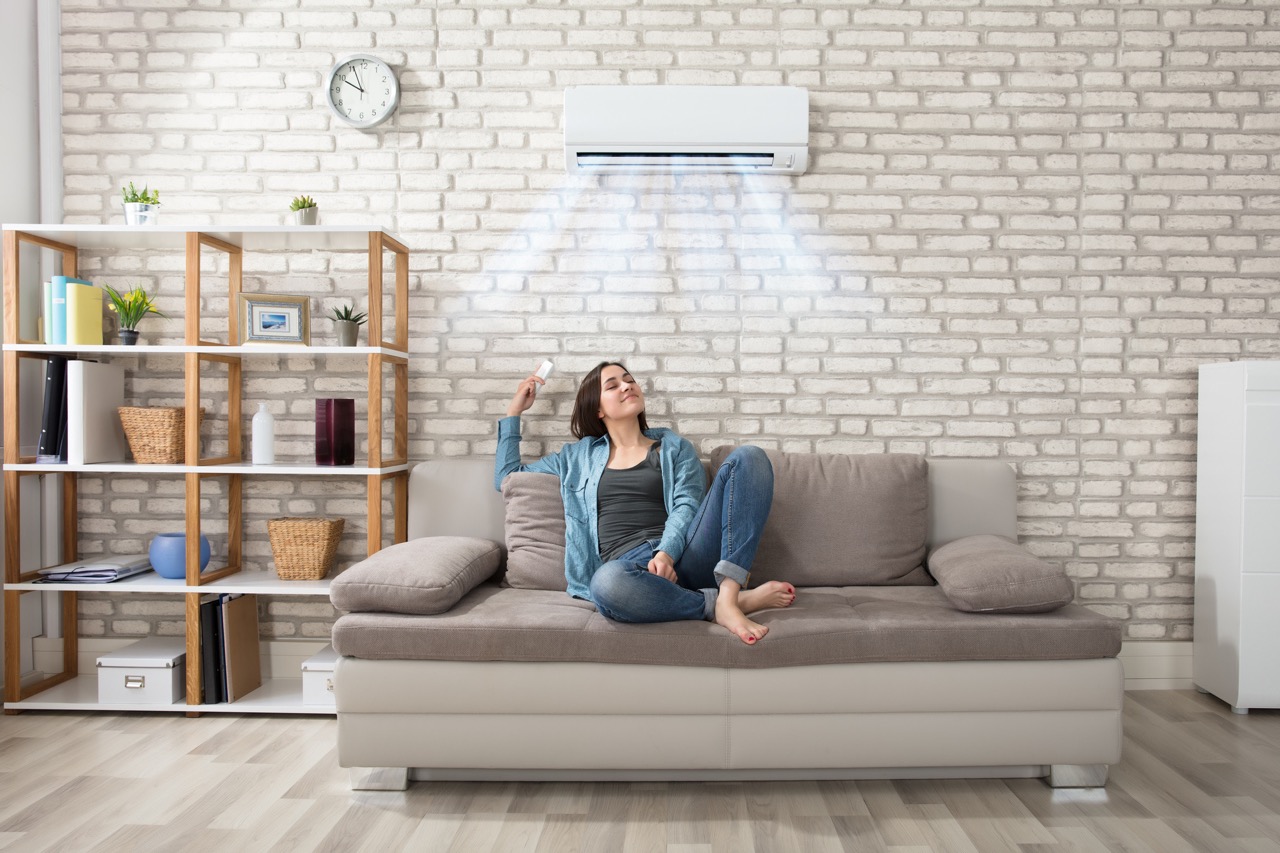
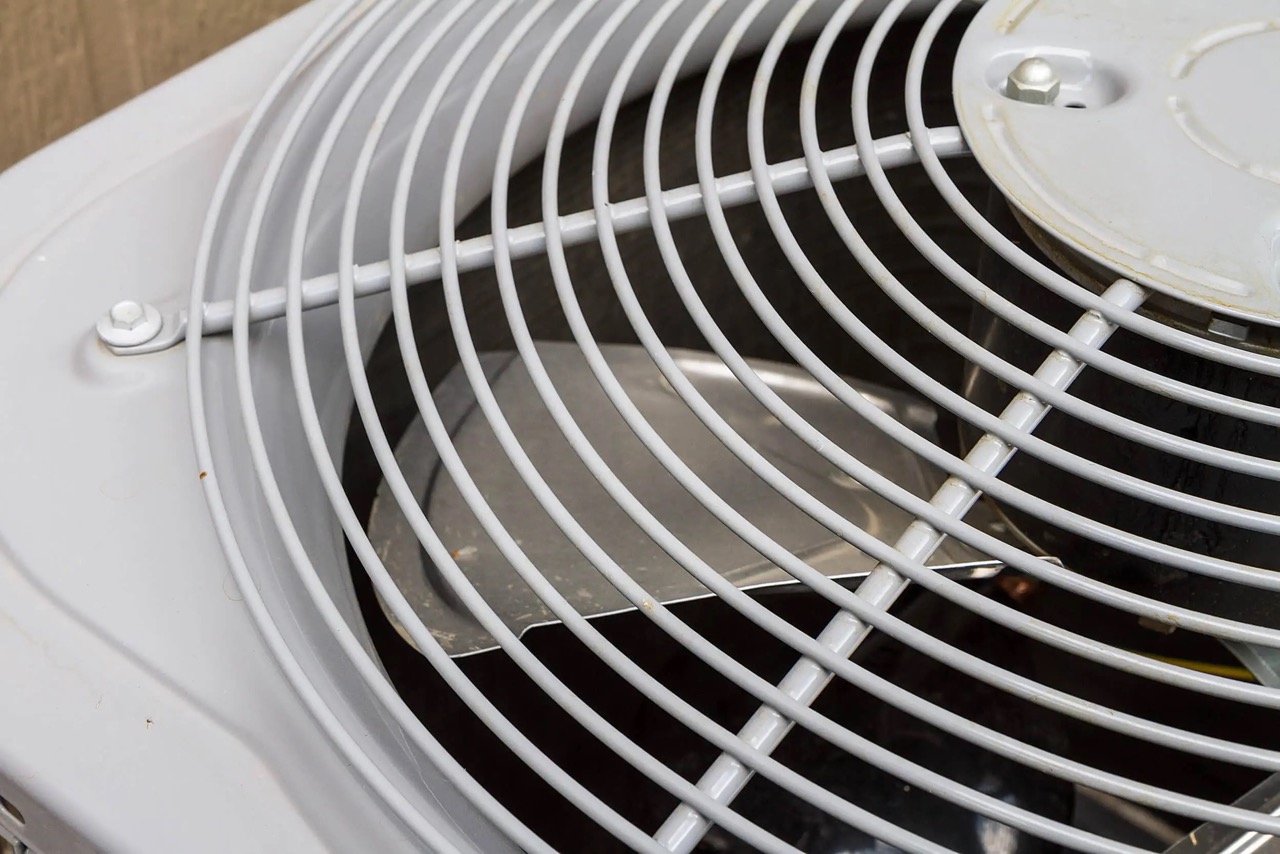

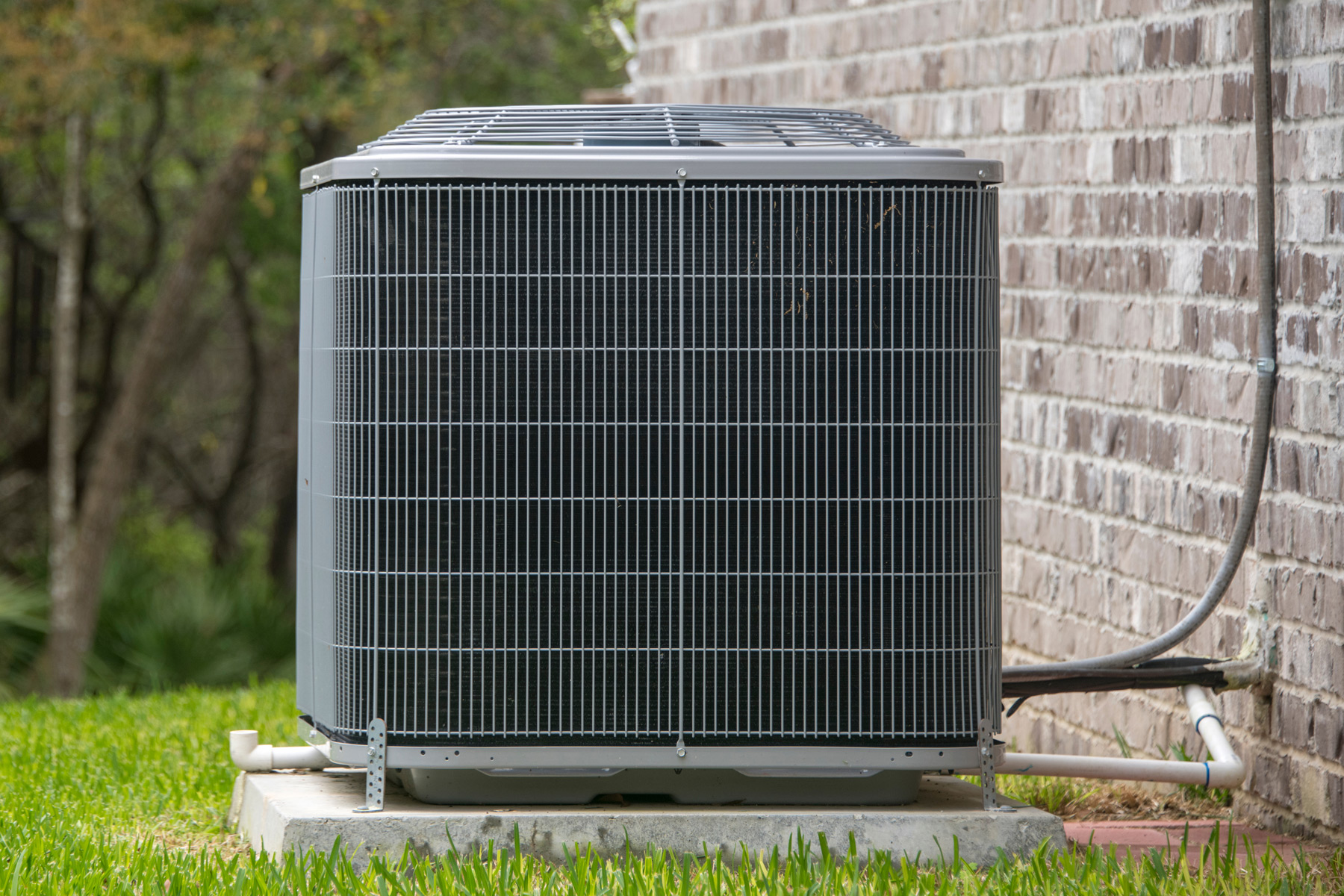
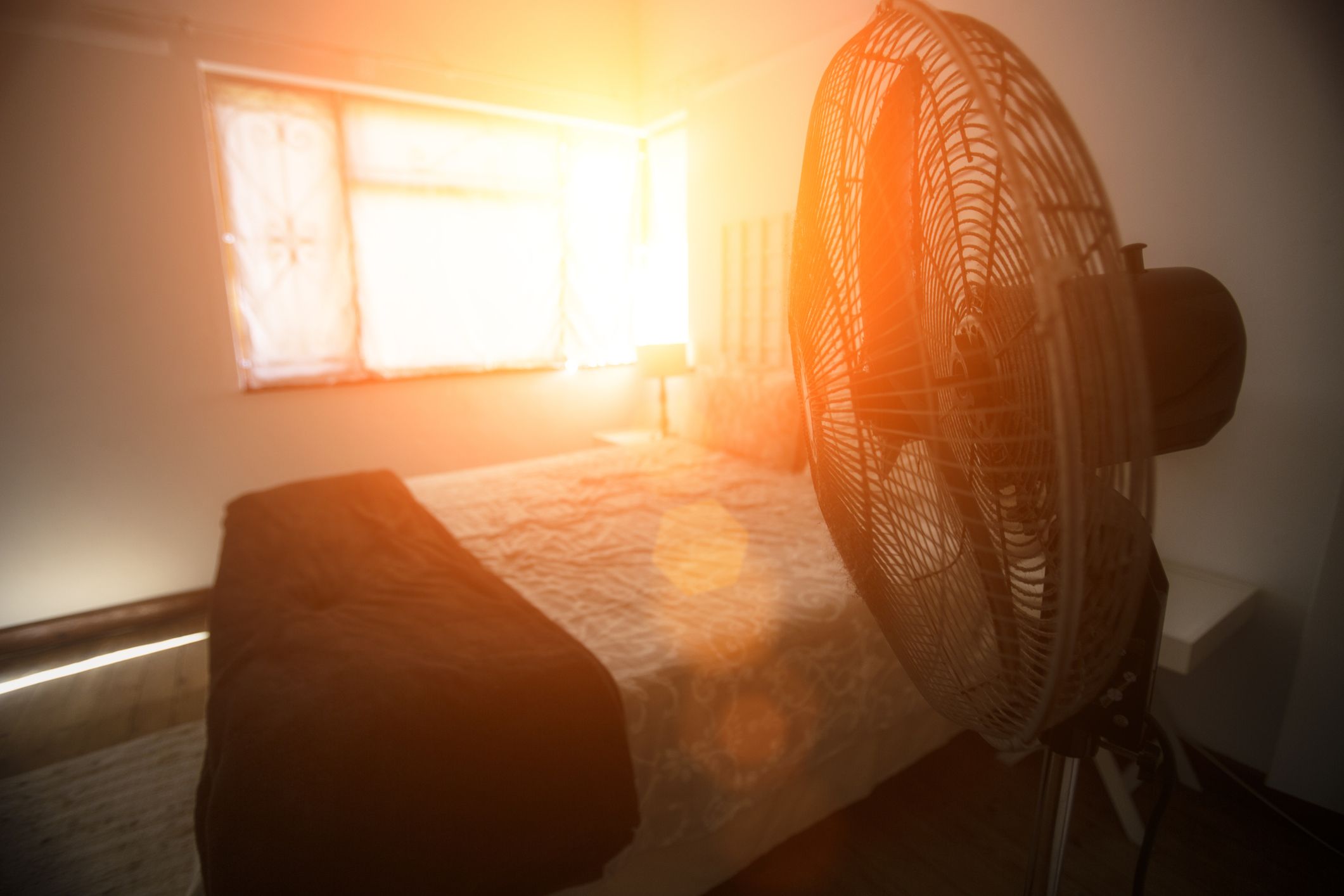

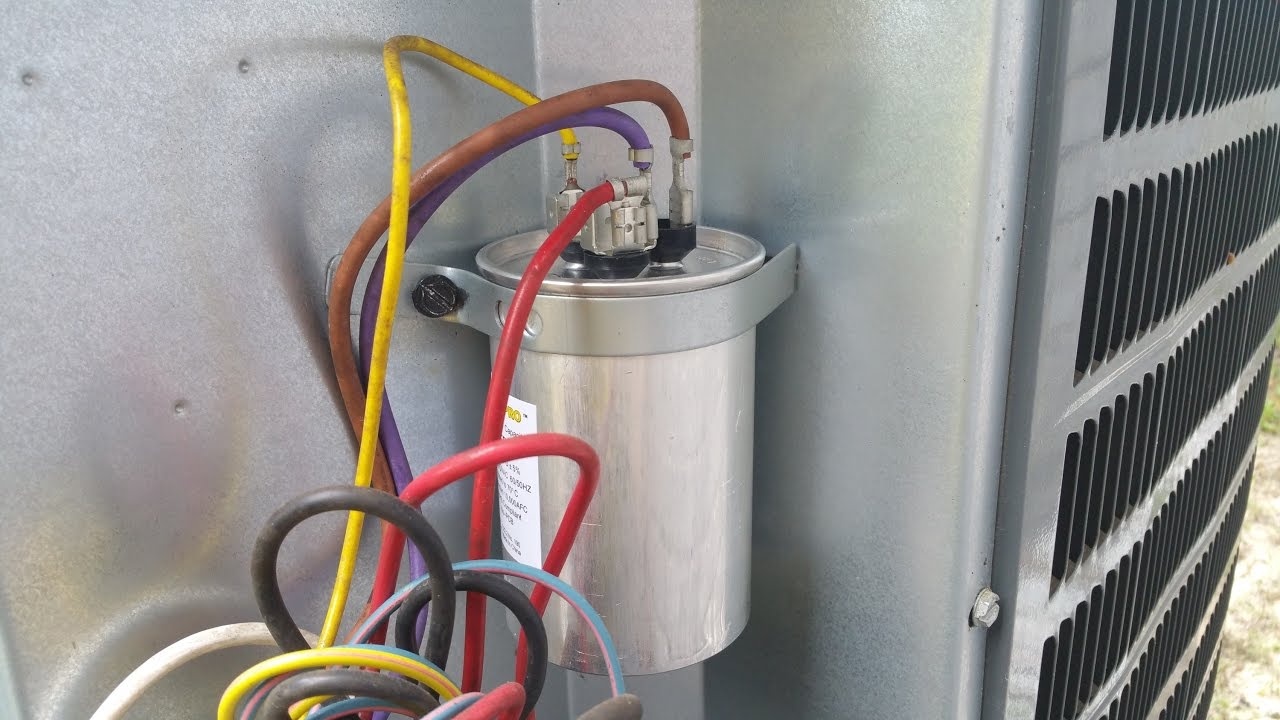
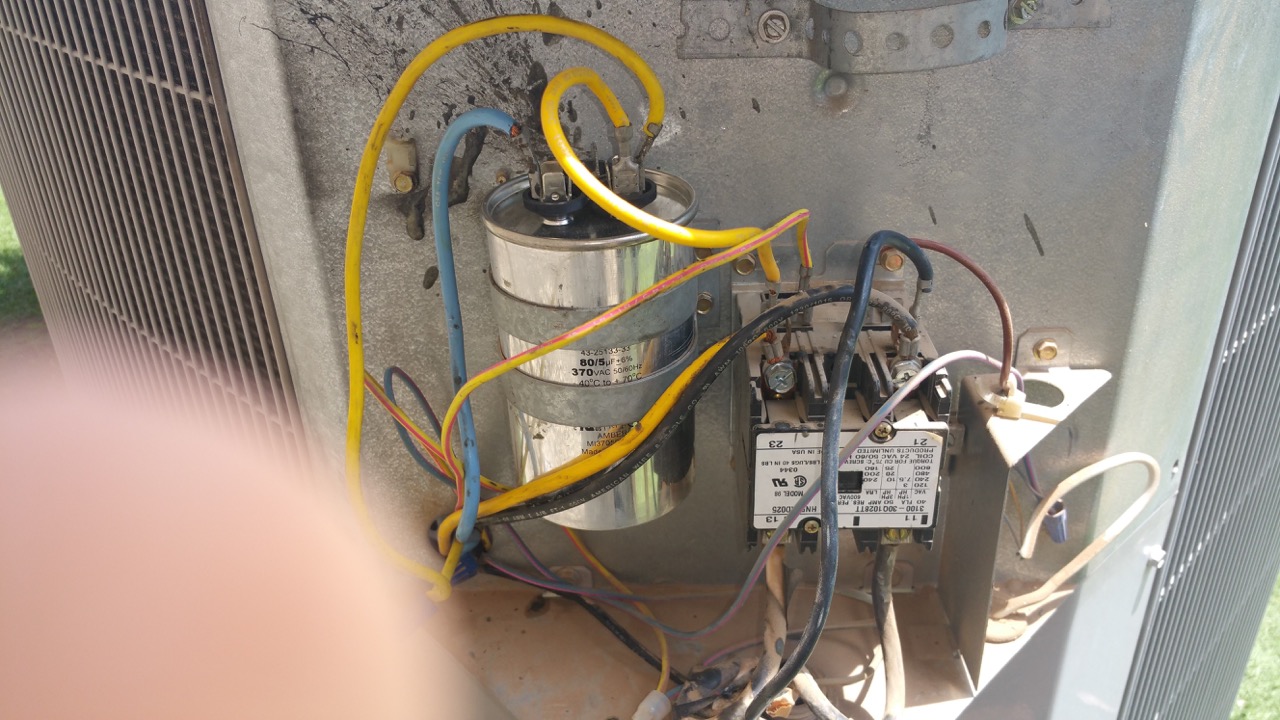
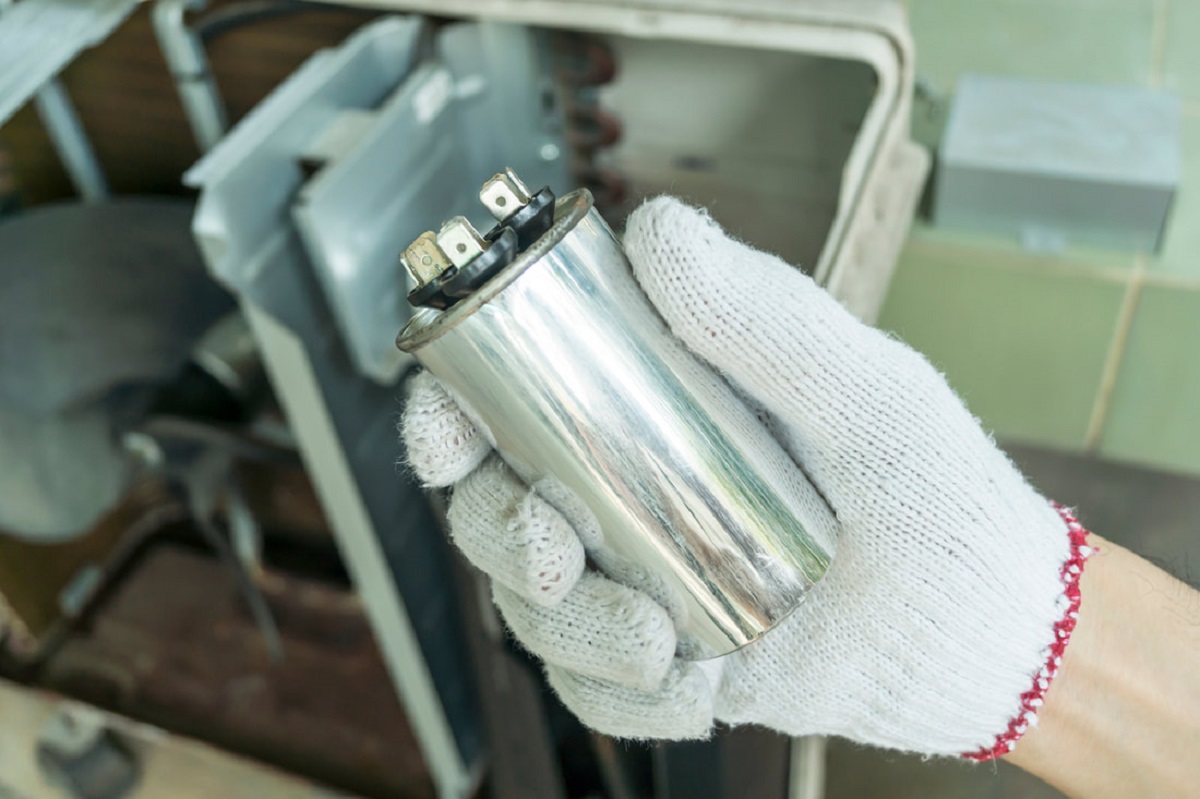
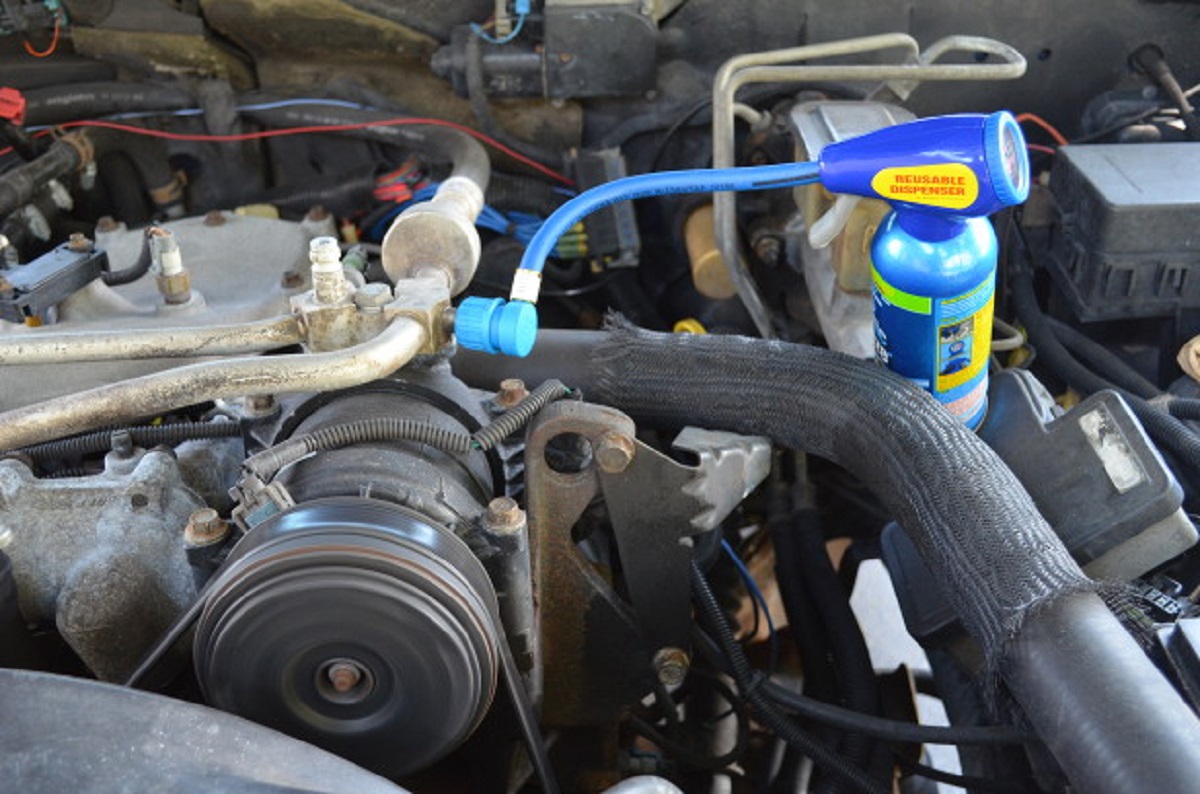
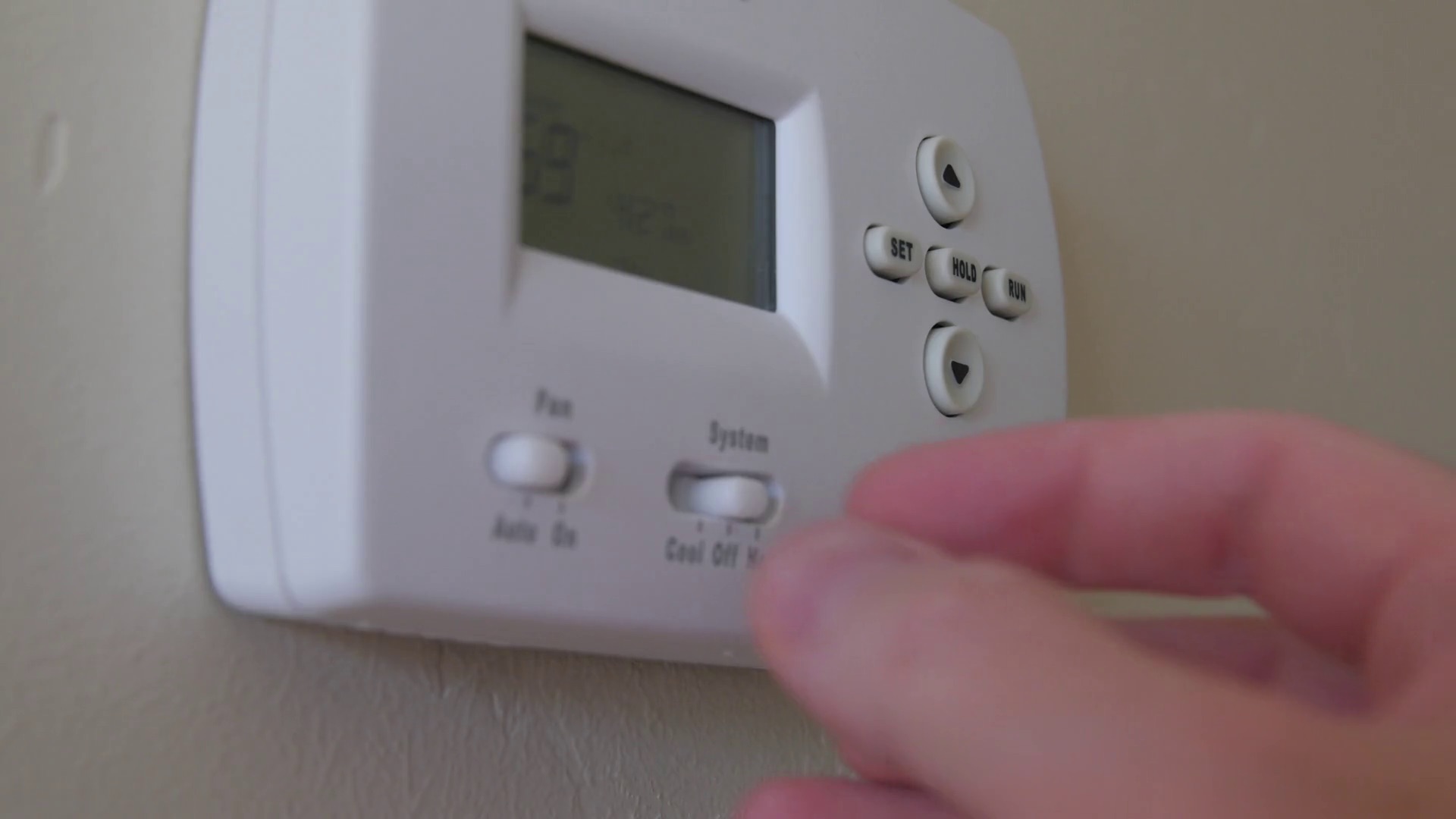
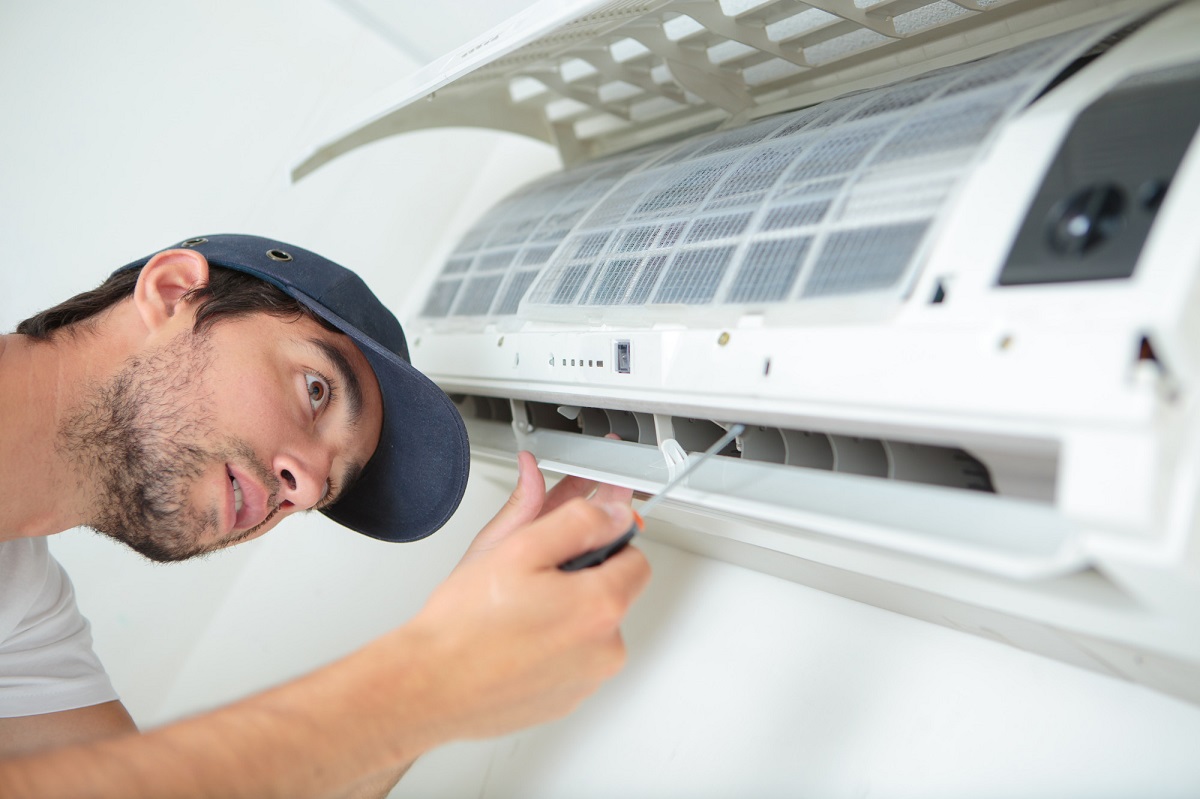
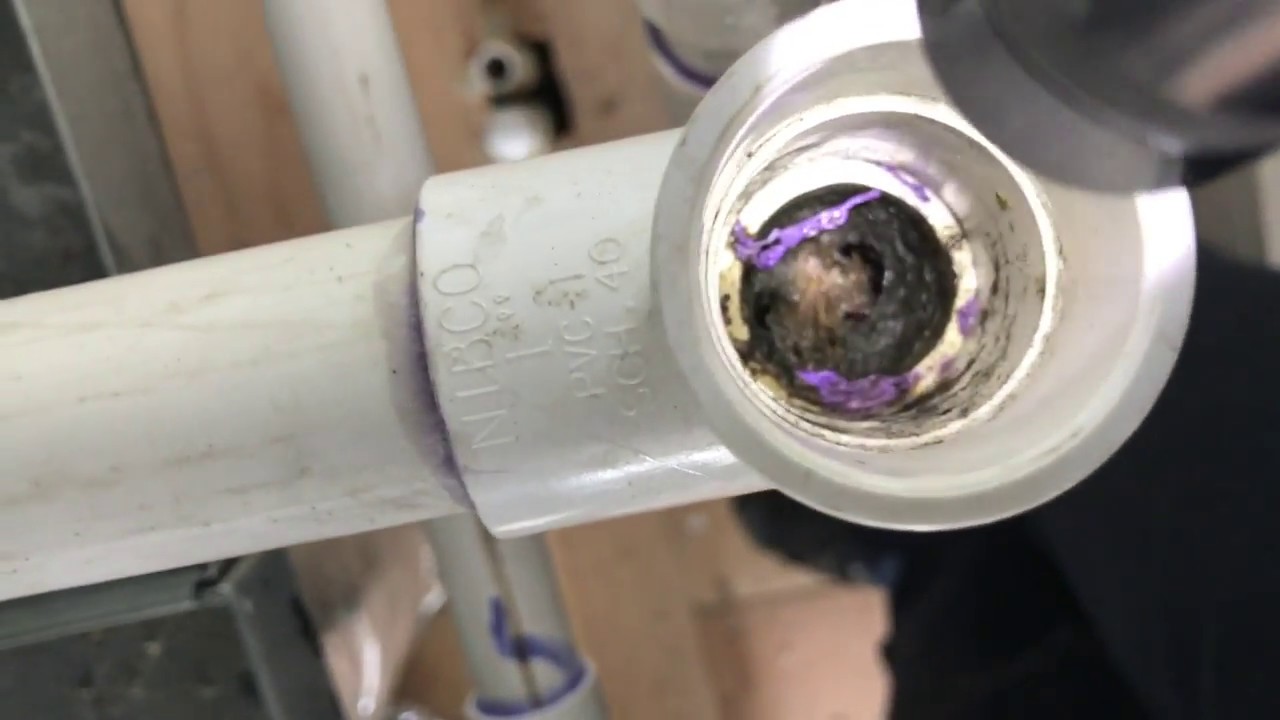

0 thoughts on “How To Hide AC Unit”